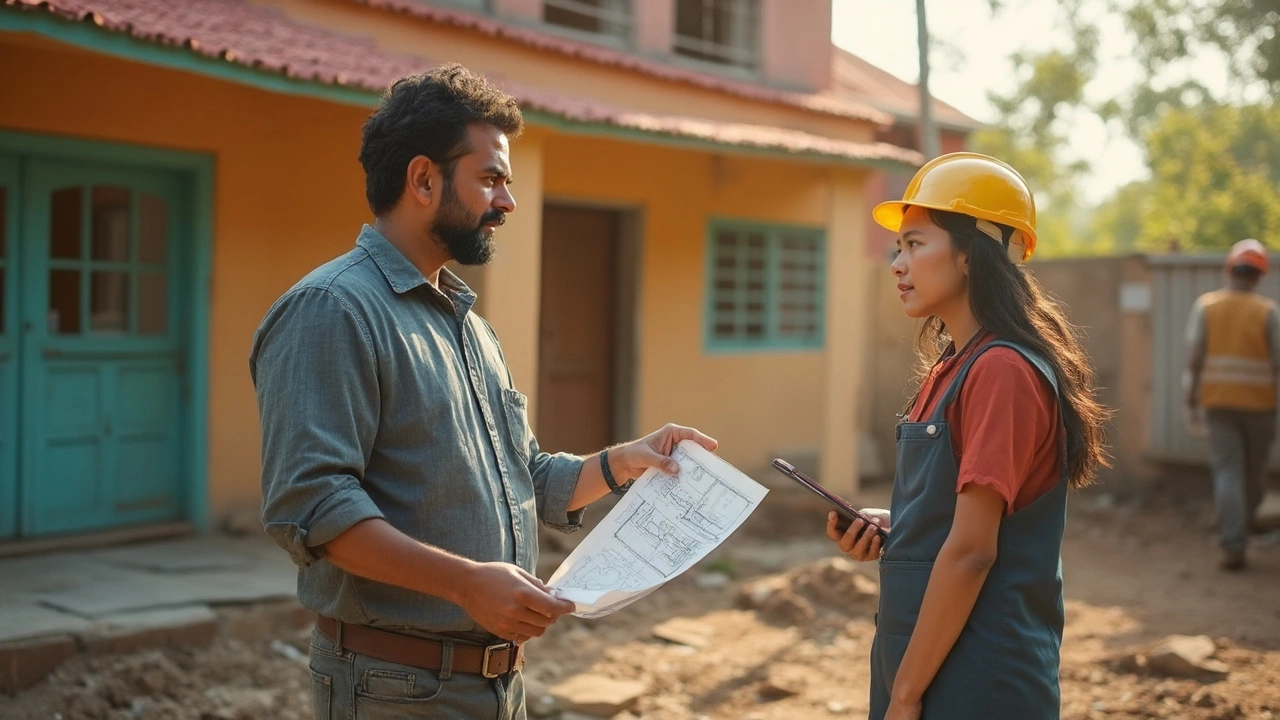Slab Repair: Fix Cracks, Settlement, and Structural Issues in Concrete Slabs
When your concrete slab repair, the process of restoring a damaged concrete floor or foundation slab to structural integrity. Also known as concrete slab restoration, it’s not just about patching cracks—it’s about stopping movement before it ruins walls, doors, or your entire home’s stability. A cracked slab isn’t always a sign of poor workmanship. Sometimes it’s just age, soil shift, or water damage quietly doing its work. You might notice a door that sticks, tiles that crack, or gaps between the floor and baseboards. These aren’t cosmetic issues—they’re warnings.
Concrete slab, a flat, horizontal surface made of poured concrete, commonly used for ground floors, garages, and foundations problems show up in patterns. Hairline cracks? Often harmless. Wide, jagged cracks? That’s settlement. Cracks that run diagonally from corners? Could be soil expansion. And if your slab is sinking unevenly, you’re dealing with structural settlement, the downward movement of a building’s foundation due to unstable or compressible soil. This isn’t something you can ignore. Left untreated, it leads to bigger problems—leaning walls, broken pipes, even unsafe living conditions.
Slab repair isn’t one-size-fits-all. Some fixes are DIY-friendly, like epoxy injections for small cracks. Others need heavy equipment—polyurethane foam lifting, pier systems, or full slab replacement. The method you choose depends on the cause. Is water pooling under the slab? Fix the drainage first. Is the soil clay and prone to swelling? You might need underpinning. And if you’re in a region with freeze-thaw cycles or heavy rainfall, your repair strategy has to account for that.
Many people try to save money by ignoring early signs. But a $200 crack filler today can turn into a $15,000 foundation overhaul tomorrow. The best slab repair starts with diagnosis—not guesswork. Look for signs like sloping floors, sticking windows, or gaps around door frames. Take photos over time. Track if cracks are widening. And if you’re unsure, get a professional inspection. It’s not expensive, and it’s way cheaper than guessing wrong.
You’ll find posts here that walk you through real fixes: how to tell if a crack is serious, what tools you actually need for DIY, why some repair methods fail, and how to avoid being upsold by contractors. We cover cost breakdowns, common mistakes, and what to ask before anyone touches your slab. Whether you’re dealing with a garage floor, basement slab, or the main foundation of your home, this collection gives you the facts—not the fluff.
Foundation Repair: What’s the Best Method for Your Home?
Confused about how to fix your sinking or cracking foundation? This article breaks down the pros and cons of different foundation repair methods so you don't waste time or money. Get real-world tips, see which solutions work best for specific problems, and learn how to spot when it’s time to call a pro. Understand what’s behind foundation failure and how to make sure your repair actually lasts. Stay grounded with practical advice—and skip the sales pitches.
Learn more...